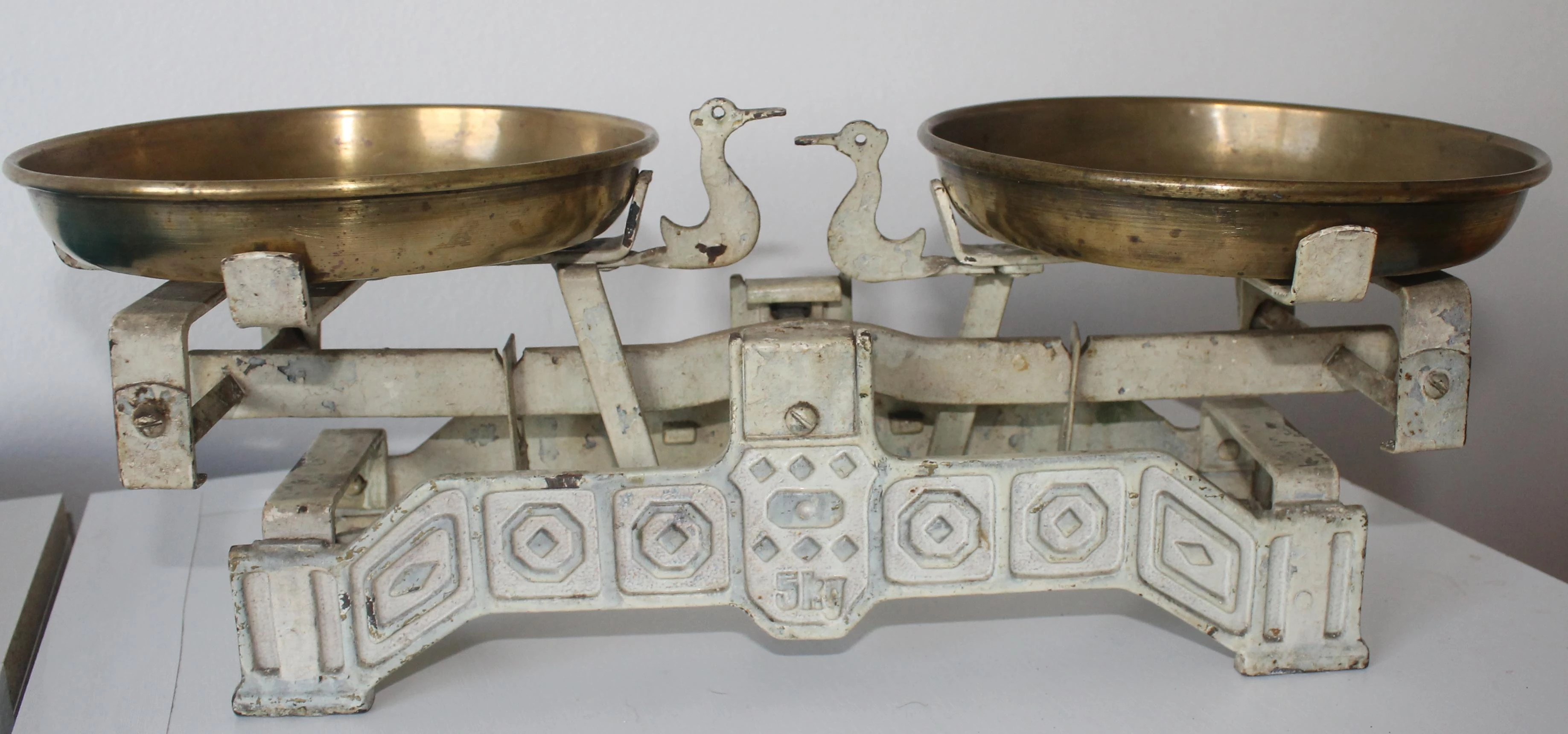
Partner Article
No paradox necessary in procurement balancing act
Balancing cost reduction with more strategic priorities in procurement doesn’t need to be a paradox.
The need to reduce costs is an ever-present concern for procurement departments and in 2016 it’s back at the top of the pile.
This was underlined by the Hackett Group’s latest survey of procurement executives across the globe, which found 85% of respondents ranked cost cutting as the number one concern.
Last year’s highest priority – elevating the role of procurement to a trusted advisor – has been bumped to the number two position.
The CPO Agenda reveals that increased economic uncertainty and business risk are driving this resurgence in cost reduction strategies. It also highlights weaknesses in four key procurement strategy areas: tapping supplier innovation, becoming a better strategic partner to the business, increasing spend influence and improving agility. Many respondents reported that they had limited ability to tackle them.
This might be due to a lack of capacity and limited skills development. Indeed the report revealed that procurement’s operating budget is expected to grow by only 1.1% in 2016.
But there might be another reason for procurement executives focussing on cost reduction above all else. Could it be due to the perception that a longer term, cross-business approach to procurement might distract from – or be incompatible with – the overriding priority to reduce costs?
In its 2016 report, the Hackett Group says that one of procurement’s greatest challenges is finding the right balance between reducing purchase costs and maturing procurement’s role from transactional facilitator to trusted business advisor.
Ironically, I would argue that one way for procurement departments to maximise cost cutting is by spending more time on becoming that trusted adviser - boosting their profile and credibility right across their organisation. This will ensure they are brought into strategic decision making at an earlier stage and have the chance to demonstrate the commercial insight and long-term value that procurement can deliver to a business.
I would also stress that focusing time on a range of strategic approaches can generate far deeper and sustainable savings than purely focusing on cost reduction. One example is better analysis of market data. Accessing independently sourced market information and also top quality category and supplier intelligence is important. But it’s when this market information is combined with a firm’s own spend data, that deeper ways to save are revealed, ie buying trends can be identified, compliance improved, demand forecasted and supply chain efficiency upgraded.
Yet over 50% of the procurement executives surveyed, revealed that they did not have a formal market intelligence programme or they are only in the very earliest stages of adoption. This indicates that many businesses still feel that time spent on this type of strategic work might infringe on their ability to reduce costs now.
It’s only when board directors give procurement teams the resource and platform to influence at the top table that they will realise quite the opposite is true.
This was posted in Bdaily's Members' News section by Steve Malone .
Enjoy the read? Get Bdaily delivered.
Sign up to receive our popular morning National email for free.








 Creating a thriving North East construction sector
Creating a thriving North East construction sector
 Why investors are still backing the North East
Why investors are still backing the North East
 Time to stop risking Britain’s family businesses
Time to stop risking Britain’s family businesses
 A year of growth, collaboration and impact
A year of growth, collaboration and impact
 2000 reasons for North East business positivity
2000 reasons for North East business positivity
 How to make your growth strategy deliver in 2026
How to make your growth strategy deliver in 2026
 Powering a new wave of regional screen indies
Powering a new wave of regional screen indies
 A new year and a new outlook for property scene
A new year and a new outlook for property scene
 Zero per cent - but maximum brand exposure
Zero per cent - but maximum brand exposure
 We don’t talk about money stress enough
We don’t talk about money stress enough
 A year of resilience, growth and collaboration
A year of resilience, growth and collaboration
 Apprenticeships: Lower standards risk safety
Apprenticeships: Lower standards risk safety